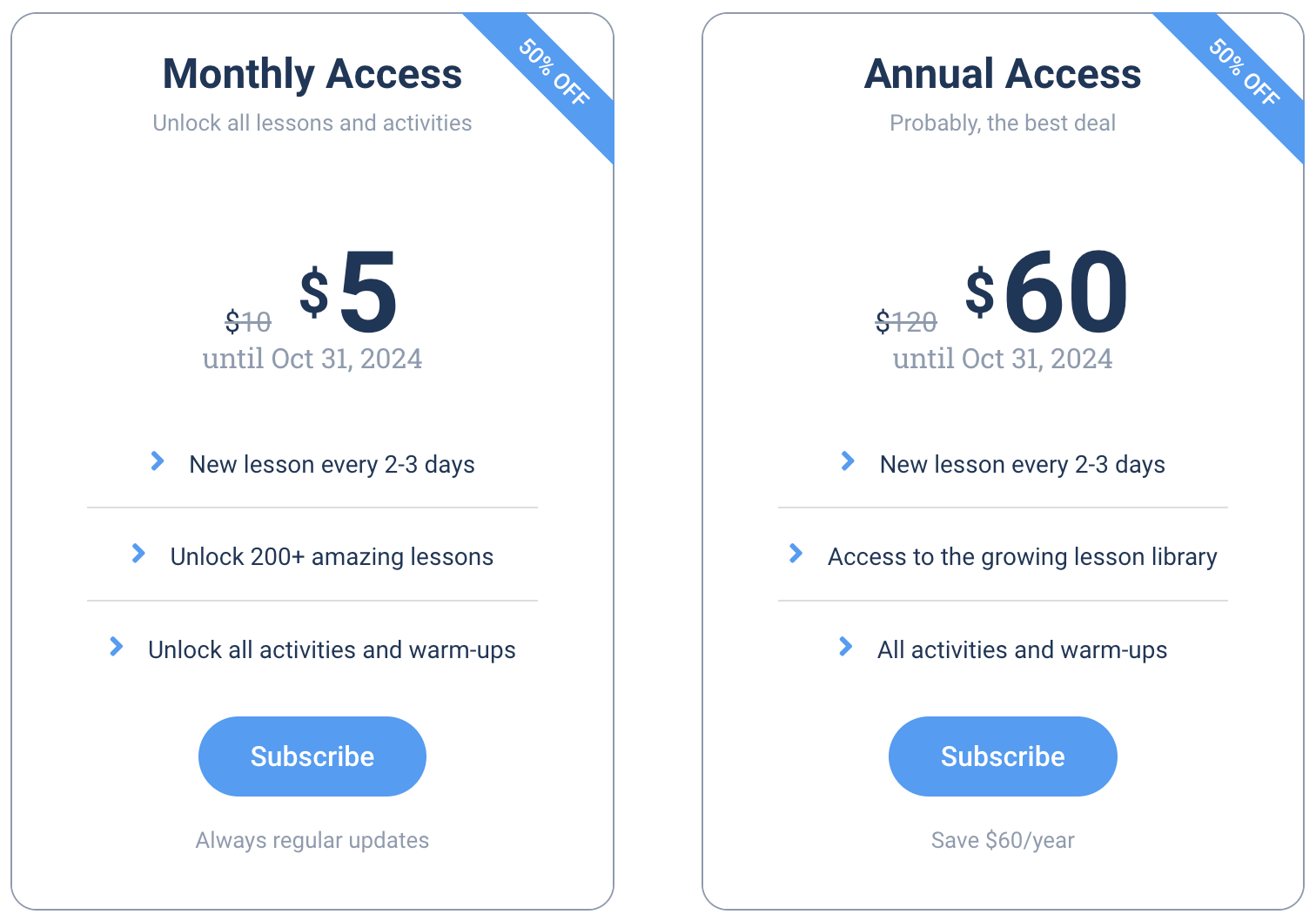
Lesson recommendation: Sora: The New Era of AI
“Sora” as an AI-generated video tool by OpenAI represents a cutting-edge development in artificial intelligence, focusing on video generation. This technology allows for the creation of videos from textual descriptions, showcasing the advancement of AI in interpreting and visualizing complex narratives. It serves as a bridge between imagination and visual representation, enabling users to bring their ideas to life through AI-generated videos. This topic offers a rich ground for discussions on technology, creativity, and the future of digital media.
Table of Contents
A2 Level Questions:
- What is “Sora”?
- Can “Sora” make videos from words?
- Do you like watching videos?
- What kind of videos do you enjoy?
- Is making videos hard?
- Can computers be creative?
- What do you think about talking to computers?
- How do you use a computer or phone to watch videos?
- Would you like to make your own video?
- What is artificial intelligence (AI)?
- Can AI help us learn better?
- Do you use AI every day?
- What can AI do in the future?
- Would you trust a video made by AI?
- How can videos help us learn?
- Can AI understand what we say?
- What is your favorite video game?
- How do videos get on the internet?
- Can AI be an artist?
- What would you make a video about with AI?
B1 Level Questions:
- How does “Sora” transform text into video?
- What implications does AI video generation have for content creators?
- Can AI-generated videos replace human-made content?
- How do you think AI understands human language?
- What are the benefits of using AI for video production?
- Discuss the importance of creativity in AI-generated content.
- How can AI tools like “Sora” influence education?
- What ethical considerations arise from AI-generated videos?
- How can AI improve the way we consume media?
- Could AI-generated videos affect the film industry?
- What role does data play in training AI like “Sora”?
- How can AI-generated videos be used in marketing?
- Discuss the potential for AI to create personalized content.
- What challenges do AI tools face in understanding complex narratives?
- How can AI-generated videos enhance storytelling?
- What are the limitations of AI in creative fields?
- How can AI contribute to the democratization of video production?
- Can AI replace human creativity, or does it complement it?
- How do you perceive the authenticity of AI-generated content?
- Discuss the impact of AI on the future of entertainment.
B2 Level Questions:
- Analyze the potential of “Sora” in revolutionizing video content creation.
- How does AI interpret and visualize textual descriptions in video format?
- Discuss the balance between AI automation and human creativity in video production.
- Evaluate the role of AI-generated videos in educational content creation.
- How can AI tools like “Sora” address the challenge of scalable content production?
- What are the ethical implications of indistinguishable AI-generated and human-made videos?
- Discuss the impact of AI video generation on copyright and intellectual property rights.
- How can AI-generated videos contribute to personalized learning experiences?
- Assess the potential for AI to create new genres of video content.
- What barriers exist to the widespread adoption of AI in video production?
- Explore the relationship between AI development and digital literacy.
- Discuss the future of storytelling with AI-generated videos.
- How can AI-generated content affect viewer engagement and interaction?
- Evaluate the potential biases in AI video generation.
- What are the implications of AI for the future of work in creative industries?
- How does AI challenge traditional notions of authorship and creativity?
- Discuss the role of AI in enhancing the accessibility of video content.
- How can AI-generated videos shape public perception and opinion?
- What are the potential risks of deepfake technology in AI-generated videos?
- How can regulations and ethics evolve to keep pace with AI in video production?
C1 Level Questions:
- Critically assess the impact of AI like “Sora” on creative industries and intellectual property.
- Explore the ethical considerations of using AI to generate realistic video content.
- Discuss the implications of AI-generated content for the authenticity of digital media.
- Evaluate the potential of AI-generated videos in transforming educational methodologies.
- Analyze the role of AI in bridging the gap between imagination and visual representation.
- Discuss the challenges and opportunities presented by AI in content personalization.
- Examine the influence of AI on narrative structures and storytelling techniques.
- Assess the potential for bias in AI-generated video content and its societal impact.
- Explore the future of human-AI collaboration in the arts and media.
- Critically evaluate the concept of creativity in the context of AI-generated content.
C2 Level Questions:
- Debate the philosophical implications of AI’s role in creativity and artistic expression.
- Analyze the impact of AI-generated video content on traditional conceptions of authorship.
- Discuss the potential for AI to create a new paradigm in digital storytelling.
- Evaluate the ethical and societal challenges posed by indistinguishable AI and human-generated content.
- Examine the implications of AI in video generation for future media consumption patterns.
- Explore the potential of AI to democratize content creation and its impact on professional creators.
- Critically assess the role of AI in shaping public discourse through video content.
- Debate the balance between innovation and regulation in the development of AI video technologies.
- Analyze the implications of AI-generated videos on copyright law and content monetization.
- Explore the long-term consequences of AI’s integration into creative and media industries.

